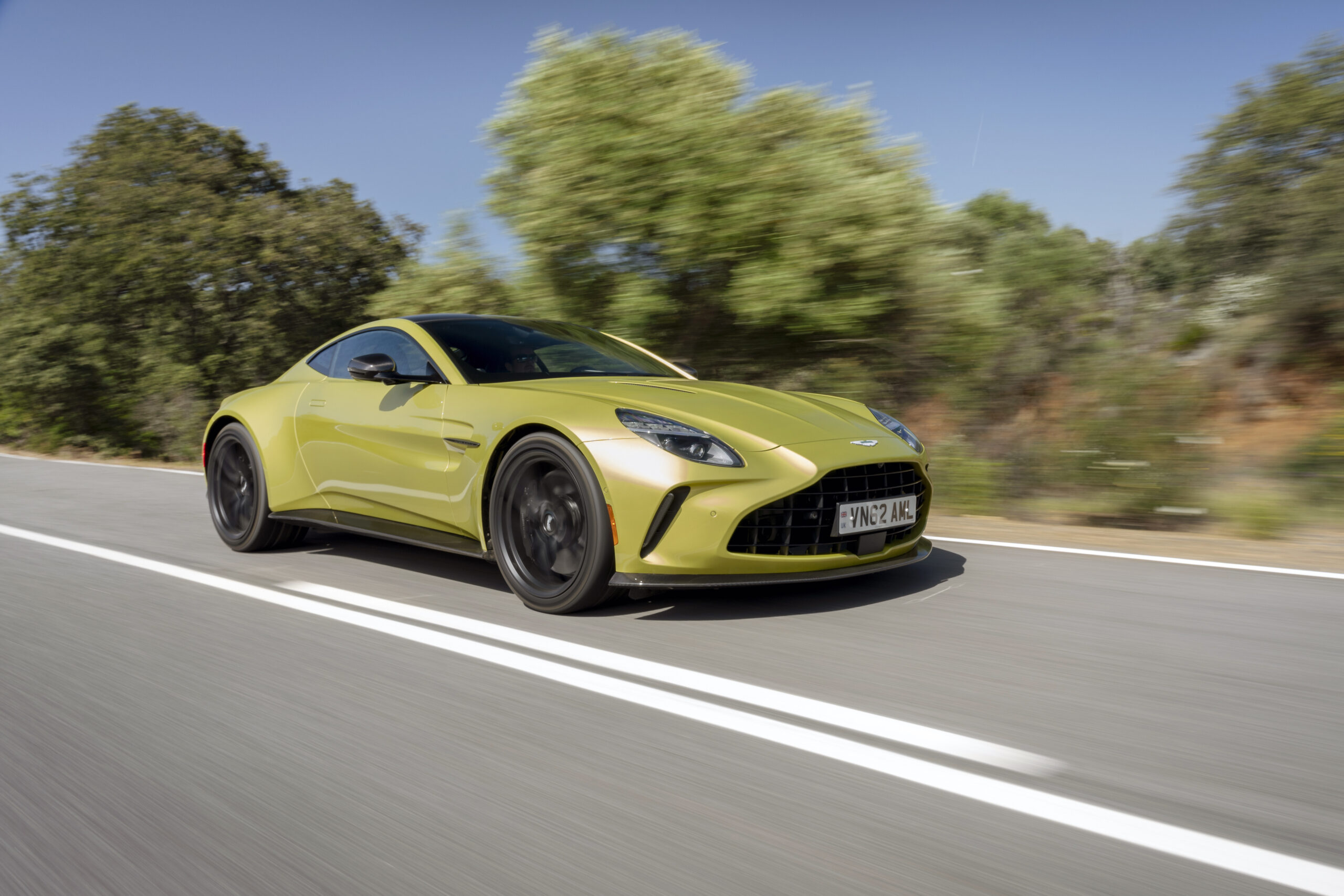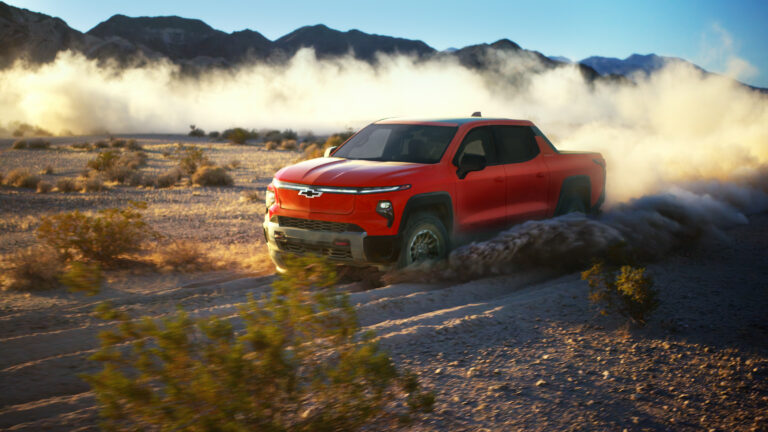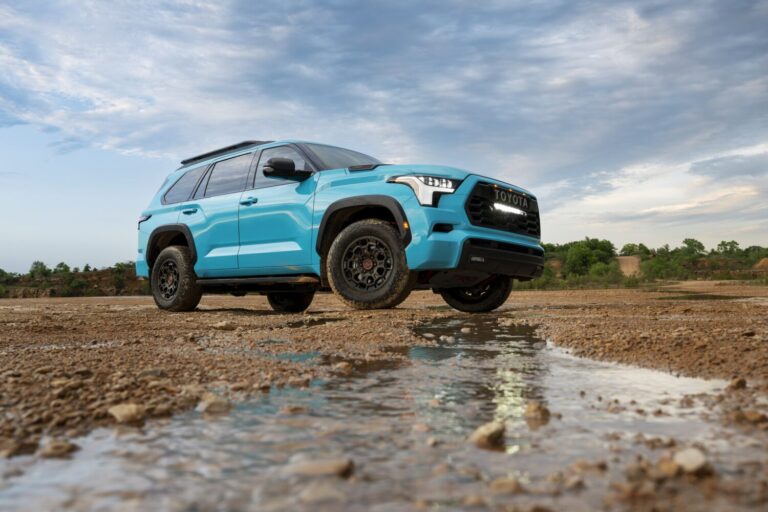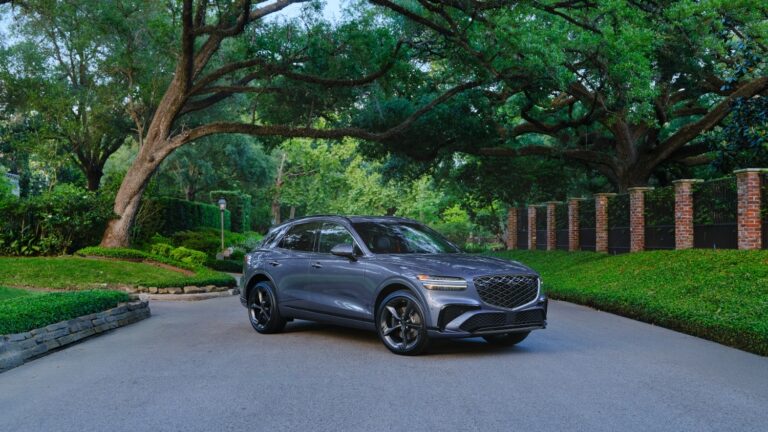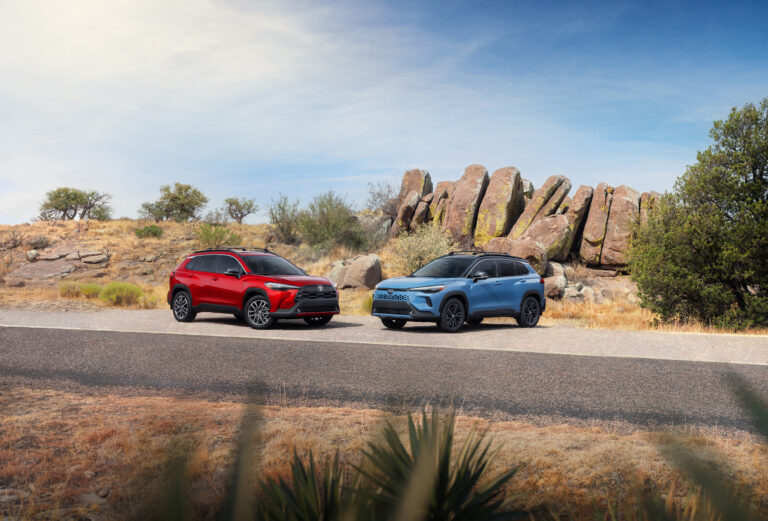Car Imports to the U.S. Drop 72% After 25% Tariff Takes Effect
Thousands fewer foreign cars are landing at U.S. ports as a 25% import tariff reshapes the new vehicle market. Here’s how it’s already hitting your wallet.
Why does this matter right now?
Because you may not be able to buy it. If you’ve been eyeing a luxury import or that elusive hybrid with the good interior tech, brace yourself. Car imports to the U.S. have fallen off a cliff, down 72% in May 2025 compared to the same month last year. That’s not a typo. More than 9,000 fewer vehicles rolled off ships and into American dealerships last month alone.

You can thank the 25% tariff on foreign-built vehicles, introduced by the Trump administration in April. That’s stacked on top of the long-standing 2.5% import tax. Call it economic patriotism or trade policy on steroids, the result is simple: fewer vehicles, tighter inventory, and prices creeping upward faster than a dealer mark-up on a limited-edition Bronco.
Brands that rely heavily on ocean freight, think Audi, BMW, Jaguar, Bentley — are now either halting shipments, delaying inventory, or protecting prices only on cars already on order. That deal you found on a well-equipped German crossover might already be sitting in a warehouse in Hamburg, indefinitely.
How does it compare to rivals?
If your rival builds cars in Alabama, they’re winning. Vehicles built in the U.S., Canada, or Mexico are exempt from the tariff. That gives a major edge to Hyundai’s Montgomery plant, Toyota’s Kentucky operation, and GM’s supply chain out of Saltillo.

Manufacturers shipping vehicles from Asia and Europe have taken the direct hit. The Port of Los Angeles and the Port of Long Beach each reported more than 30% declines in auto imports. Those aren’t just abstract shipping numbers. They mean missing models, empty showrooms, and dealers explaining why your special-order plug-in hybrid is nowhere in sight.
Imports of car parts also dropped, though not as dramatically. The 15% decrease suggests automakers are still trying to keep U.S. assembly lines moving, but delays in getting critical components, like body panels or EV batteries, are already beginning to show.
Who is this for and who should skip it?
This market shift favors buyers who are flexible or local. If you’re open to a U.S.-built SUV or a hybrid from a North American plant, you’ll find options. If you’re holding out for a Range Rover Sport or a German wagon with a long list of bespoke options, prepare for delays or sticker shock.

Luxury buyers are taking the heaviest hit. Bentley is only honoring orders already placed. Jaguar Land Rover paused shipments to rework their pricing strategy. Audi and BMW are adjusting their global production schedules, trying to shift more output to tariff-exempt regions.
Even mid-tier shoppers should pay attention. Analysts say new vehicle prices could rise by $3,000 to $12,000, depending on the brand and where it’s built. The average monthly car loan payment may jump by $90. That’s a noticeable increase even on a seven-year note.
What’s the long-term significance?
This isn’t a temporary supply hiccup. It’s a full-scale shift in the U.S. auto retail landscape. Dealer lots are thinning out, particularly for higher-end imports and popular EVs. Brands are stockpiling vehicles overseas, hedging their bets until they see how trade negotiations shake out.

Used cars are about to get even hotter. Drivers are holding onto their existing vehicles longer, which is feeding demand for service, parts, and repairs. Retailers like AutoZone and O’Reilly are seeing a surprising uptick in sales.
If these tariffs stay in place, global automakers will be forced to invest more in North American assembly plants. That could mean more localized trims, fewer customization options, and a lot more emphasis on vehicles that qualify as “American made,” even if the badge still says Volvo or Hyundai.
For shoppers, the message is clear. Inventory is changing, prices are rising, and flexibility is more valuable than ever. Some dealerships are offering incentives or locking in pre-tariff pricing if you act quickly. But the era of walking onto a lot and choosing from every global model on the market is already fading.
Like what you’ve read? Stay in the driver’s seat with more insider automotive insights. Follow @NikJMiles and @TestMiles for stories that go beyond the press release.

